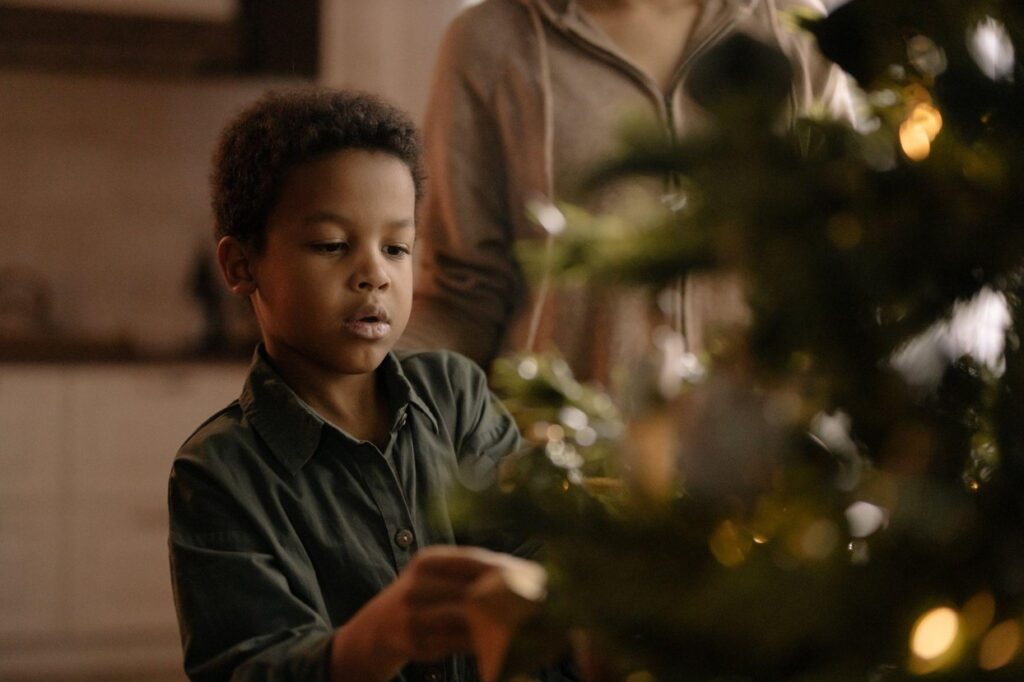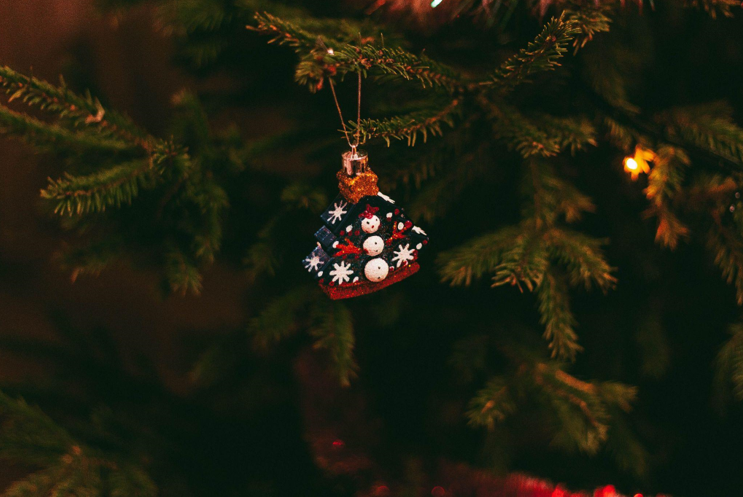
As the holiday season approaches, many people are faced with the age-old question: should I get a real or artificial Christmas tree? Both have their pros and cons, but when it comes to the environment, is one really better than the other?
The Benefits and Drawbacks of Real vs. Artificial Christmas Trees
Let’s start with real trees. It’s true that cutting down a live tree contributes to deforestation, which has a negative impact on the environment. However, many Christmas tree farms practice sustainable forestry, planting more trees than they cut down and ensuring that their trees are grown in a way that preserves soil, water, and wildlife. In fact, according to the National Christmas Tree Association, for every live Christmas tree harvested, up to three new seedlings are planted in its place.
Additionally, real trees are biodegradable and can be recycled in a variety of ways. Many cities offer Christmas tree recycling programs, where trees can be turned into mulch or wood chips that can be used in landscaping or erosion control. Some communities even use old trees to rebuild sand dunes and restore natural habitats.
On the other hand, artificial trees are made of non-biodegradable materials, such as plastic and metal, which means they take a lot longer to break down in landfills. Plus, manufacturing artificial trees creates a significant carbon footprint, as they are typically made in factories overseas and shipped long distances to the United States.
However, it’s worth noting that artificial trees have a longer lifespan than real trees, which can offset their carbon footprint over time. While the average lifespan of a real Christmas tree is about six years, artificial trees can last for decades with proper care and storage. Plus, the cost of purchasing a new artificial tree every few years can be more environmentally damaging than keeping the same tree for many years.
Ultimately, the best choice for the environment comes down to individual circumstances and priorities. If you live in an area with sustainable Christmas tree farms and have access to a Christmas tree recycling program, a live tree may be the way to go. But if you’re looking for a tree that you can use for many years and don’t mind the environmental impact of its production, an artificial tree might be a better fit.
Other Eco-Friendly Christmas Tree Options to Consider
Another option to consider is a potted Christmas tree, which can be planted outside after the holidays and enjoyed year-round. This eliminates the need for a disposable tree and contributes to the environment by creating a new plant that will absorb carbon dioxide and release oxygen over time.
In the end, the choice between a real or artificial Christmas tree is a personal one. By keeping in mind the environmental impact of each option, you can make a decision that aligns with your values and helps to protect our planet. Whatever your choice, happy holidays!

